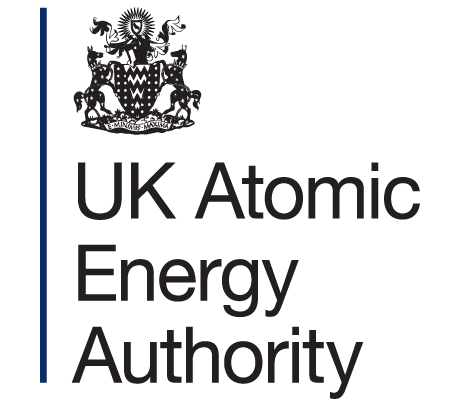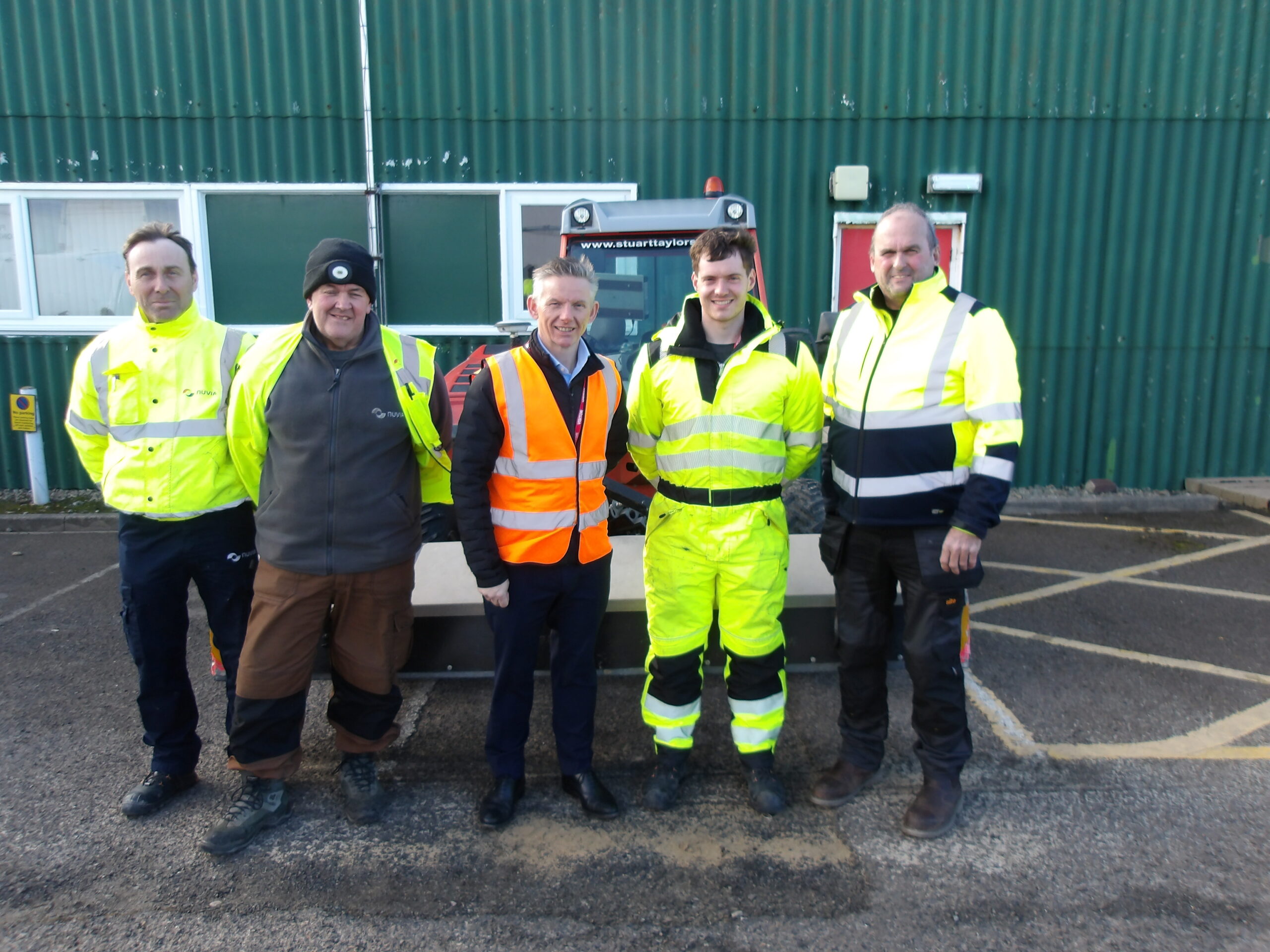More than 3,600 jobs supported by the nuclear sector in Scotland, new data shows
8% drop in employment over 5 years with no plans for new stations
25% increase in England over same period, driven by new build
New data shows that the number of people working in the civil nuclear sector in Scotland has stayed steady, while the number of jobs in England has risen by almost 12,000 in the last year alone.
According to the Nuclear Industry Association’s annual Jobs Map, 3,676 people work in the sector across Scotland, up slightly on last year, but is down 8% compared to its 2018 level, when 3,991 people worked in the sector.
Across the UK, 77,413 people work in the civil nuclear sector, 20% more than in 2022, and the highest number in at least 20 years. The construction of EDF’s Hinkley Point C nuclear power station is creating thousands of jobs on site, in the South West of England, and across the British supply chain. Driven by the Hinkley project, the South West of England saw the biggest jump in the size of its workforce, with 23,938 jobs, a 60% rise compared to 2022.
EDF continues to be the largest employer in Scotland as well, with 1,070 people working at the Torness and Hunterston B power station sites, with a further 430 full time contractors. Torness, in East Lothian, is Scotland’s last remaining nuclear power station and is due to retire in March 2028.
Hunterston B moved into the decommissioning phase in 2022 after 46 years of service. It retired as the most productive clean energy asset in Scottish history, producing enough electricity to power every home in Scotland for 31 years.
Scotland has globally renowned expertise in decommissioning, with over 400 people working at Dounreay on the Thurso coast, where they are undertaking one of the most sophisticated decommissioning programmes anywhere in the world.
Jobs in nuclear in Scotland are stable, skilled and well-paid. Research from Oxford Economics earlier in 2023 also showed that half of nuclear jobs in Scotland are in the 25% most deprived local authorities.
The nation, however, risks losing critical skills and future jobs if it does not build new stations. No developers have plans to build in Scotland, because the Scottish Government opposes granting planning permission to new projects. Nuclear sites in Wales and in England have generated intense interest from industry, by contrast, because the UK Government has set an ambition to deliver 24 GW of nuclear by 2050.
Case Study – Allan McNelis, Fuel Route Operations Support Team Group Head, Torness Power Station:
“I grew up in East Lothian and started working at Torness in 1999 when I was 17 as an apprentice. There aren’t lots of high quality job opportunities in this area but working in this industry has allowed me to stay in here and develop a secure, rewarding career.”
Case Study – Sean Marshall, Communications and Socio-Economic Officer, Hunterston and Chapelcross:
“Like many who live locally, I applied to Chapelcross after leaving school. I have had a fantastic career at the site and have experienced Chapelcross transitioning from being a generating nuclear power station through to the current decommissioning of the site. Sites like Chapelcross in rural areas of Scotland are a vital part of the local economy and act as a good neighbour to the surrounding communities.”
Reacting to the jobs figures, Tom Greatrex, Chief Executive of the Nuclear Industry Association, said:
“Nuclear should be at the very heart of Scotland’s clean energy future. For 60 years, it has provided good jobs, clean power and energy security for the people of Scotland, and it can do the same for the next generation.
“There are nuclear communities in Scotland that want new projects, to bring the investment, the jobs, and the opportunities for young people. But nobody is planning new projects, and nobody will while there’s an ideological anti-nuclear policy. Ruling out new nuclear is bad science and bad judgement for Scotland.”
| Regional Totals | 2022 | 2023 | Difference +/- | Percentage +/- | ||
| East Midlands | 3,967 | 4,548 | 581 | 14.65% | ||
| East of England | 1,795 | 1,523 | -272 | -15.15% | ||
| London | 1,026 | 2,635 | 1,609 | 156.82% | ||
| North East | 1,698 | 1,872 | 174 | 10.25% | ||
| North West | 25,750 | 27,024 | 1,274 | 4.95% | ||
| Northern Ireland | 8 | 8 | 0 | 0.00% | ||
| Scotland | 3,664 | 3,676 | 12 | 0.33% | ||
| South East | 8,138 | 8,697 | 559 | 6.87% | ||
| South West | 15,011 | 23,938 | 8,927 | 59.47% | ||
| Wales | 800 | 825 | 25 | 3.13% | ||
| West Midlands | 980 | 991 | 11 | 1.12% | ||
| Yorkshire and the Humber | 1,270 | 1,200 | -70 | -5.51% | ||
| Various site and home based workers | 402 | 476 | 74 | 18.41% | ||
| Total | 64,509 | 77,413 | 12,793 | 19.83% |
ENDS
Notes to editors:
- The Jobs Map is made up of participating NIA members
- The UK has five generating nuclear power stations, providing around 15% of the country’s electricity from 5.9 GW of capacity. All but one are scheduled to retire by 2028.
- Hartlepool and Heysham 1 are scheduled to retire by March 2026, and Heysham 2 and Torness are scheduled to retire by March 2028.
- Hinkley Point C, the only new nuclear power station under construction in the UK, is due to begin generating in 2027.
- Nuclear has saved the UK 2.3 billion tonnes of carbon emissions, far more than any other source. The saving is equivalent to all UK emissions from 2015 through 2020.
About the Nuclear Industry Association
As the trade association for the civil nuclear industry in the UK, the Nuclear Industry Association represents more than 250 companies across the UK’s nuclear supply chain.
Links
Visit our website: www.niauk.org
Follow the NIA on Twitter @NIAUK and LinkedIn
For further information, please contact:
[email protected]
+44 7517 108023










